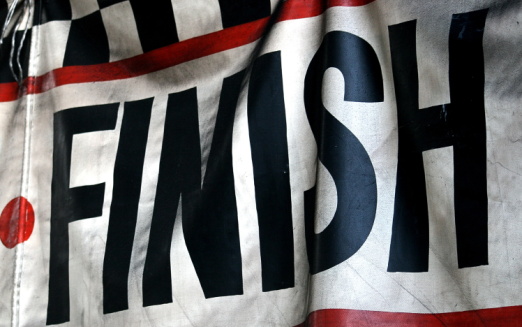Conclusion.
 The conclusion is the final paragraph of your essay - and like every other paragraph it needs to be well-structured. The conclusion is your last chance to show your reader just how brilliant a writer you are.
The conclusion is the final paragraph of your essay - and like every other paragraph it needs to be well-structured. The conclusion is your last chance to show your reader just how brilliant a writer you are.
In a conclusion to an essay, you do not repeat all your good points! Instead choose one main point to stress and write a good clincher. To some degree a clincher is like a punch line.
Clincher:
A clincher is a memorable sentence that adds a sense of finality to the essay. It sometimes challenges the reader, points into the future, or into the "real world", but a good and easy strategy is to apply a circular structure and return to the introduction. Go back to the general statement that opened your essay. Sometimes it pays off to repeat part of the first sentence. But think about phrasing a memorable sentence.
Example of introduction paired with conclusion:
(Introduction:)
According to conventional chauvenist wisdom, the American frontier was no place for a woman. Life in the American West was hard, dangerous and demanding. It was a man's world. According to Cathy Luchetti in "Men of the West. Life on the American Frontier", the freedom of frontier life was "not wasted on women" although they were "depended upon to keep the family farm running." (p. 7, ll. 2-3) The quotation poses a central problem, because what is the reality of a woman's role in a man's world? Wendell Berry's short story "The Hurt Man" deals with that exact question.
[...]
(Conclusion:)
All in all, Wendell Berry's short story "The Hurt Man" presents us with a boy who becomes a man although the only present role model is his mother. This bittersweet story presents us with Mat Feltner's initiation into adulthood, but it also presents us with a strong, self-reliant woman who becomes the healing centre of the frontier town. According to Wendell Berry, apparently, conventional wisdom was not only chauvenist, but also mistaken. The American frontier was nothing without the women!